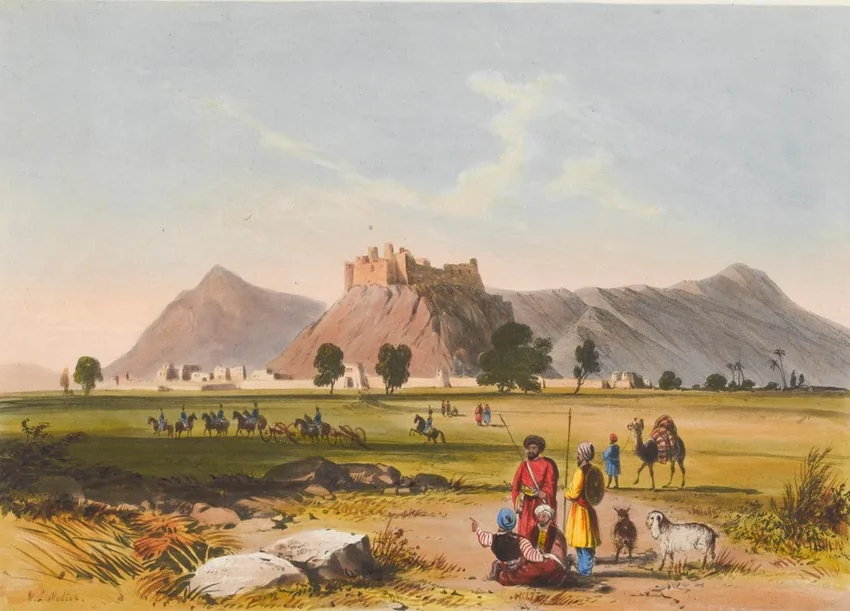Balochs were retiring before the Afghan army; they abandoned Mastung and fled towards Ganjaba-Kachhi area and Kalat. Shah Hussain Hotak occupied Mastung and issued orders to pursue Balochs. A body of the Baloch fugitives was overtaken by the Afghans on the boundary of the Kalat district. Baloch men took to the hills and left their families, cattle, flocks and other property in the hands of the Afghan force under Asadullah Khan Ishakzai Hotak. The latter left the women and children unmolested but took possession of the cattle and flocks.
When a body of Baloch fugitives reached Kalat, Mehrab Khan (the Khan of Kalat) expecting that the next movement of Afghans would be against the Kalat, tendered his submission and sent offerings of horses and other presents to Shah Hussain Hotak. Sher Khan Baloch (the ruler of Nauhski) and Mohabat Khan (chief of Ganjaba) also submitted and tendered their allegiance to the Hotak king. The Khan of Kalat agreed to restore the cattle he had carried off from Pishin and Shorawak and to make the losses sustained by the people of Shal. He also had to furnish a contingent of 5,000 men whenever the sovereign of Kandahar required troops; and to give up some chiefs as hostages for the performance of these terms. This ratified, Shah Hussain Hotak returned to Kandahar, taking five chiefs along with him as hostages.


References
1- Raverty, “Notes on Afghanistan and Balochistan:
2- Haroon Rashid, “History of the Pathans, Vol-III